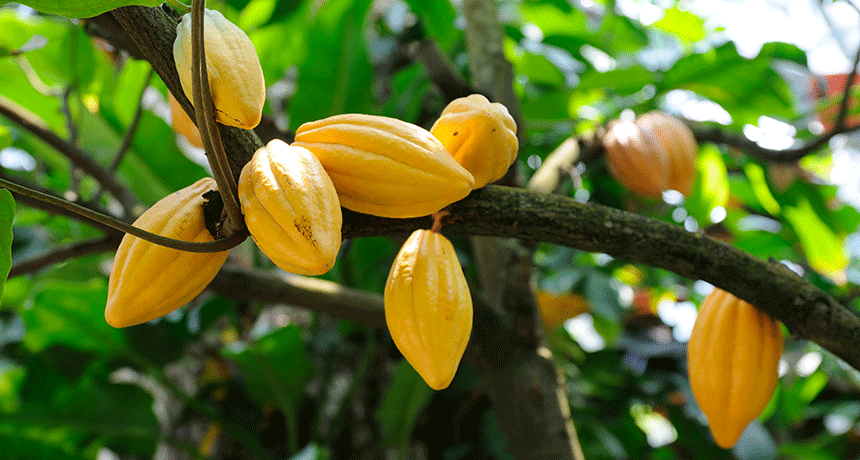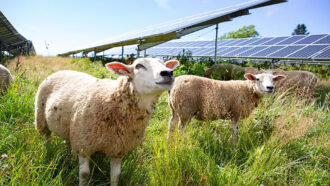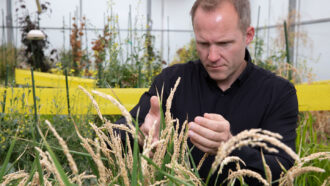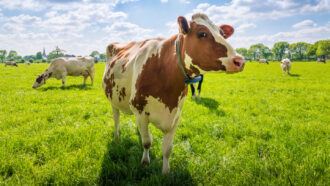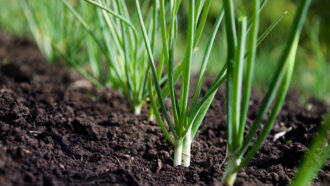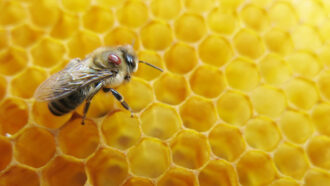clone An exact copy (or what seems to be an exact copy) of some physical object. (in biology) An organism that has exactly the same genes as another, like identical twins. Often a clone, particularly among plants, has been created using the cell of an existing organism. Clone also is the term for making offspring that are genetically identical to some “parent” organism.
gene (adj. genetic) A segment of DNA that codes, or holds instructions, for a cell’s production of a protein. Offspring inherit genes from their parents. Genes influence how an organism looks and behaves.
generation A group of individuals born about the same time or that are regarded as a single group. Your parents belong to one generation of your family, for example, and your grandparents to another. Similarly, you and everyone within a few years of your age across the planet are referred to as belonging to a particular generation of humans. The term also is sometimes extended to year classes of other animals or to types of inanimate objects (such as electronics or automobiles).
genetic Having to do with chromosomes, DNA and the genes contained within DNA. The field of science dealing with these biological instructions is known as genetics. People who work in this field are geneticists.
germ Any one-celled microorganism, such as a bacterium, fungal species or virus particle. Some germs cause disease. Others can promote the health of more complex organisms, including birds and mammals. The health effects of most germs, however, remain unknown.
hormone (in botany) A chemical that serves as a signaling compound that tells cells of a plant when and how to develop, or when to grow old and die.
infection A disease that can spread from one organism to another. It’s usually caused by some sort of germ.
plantation A site where some species of tree or other valuable, wild-like plant (such as coffee, banana or tobacco) has been planted as a crop.
resistance (as in disease resistance) The ability of an organism to fight off disease.
trait A characteristic feature of something. (in genetics) A quality or characteristic that can be inherited.
variety (in agriculture) The term that plant scientists give to a distinct breed (subspecies) of plant with desirable traits. If the plants were bred intentionally, they are referred to as cultivated varieties, or cultivars.
